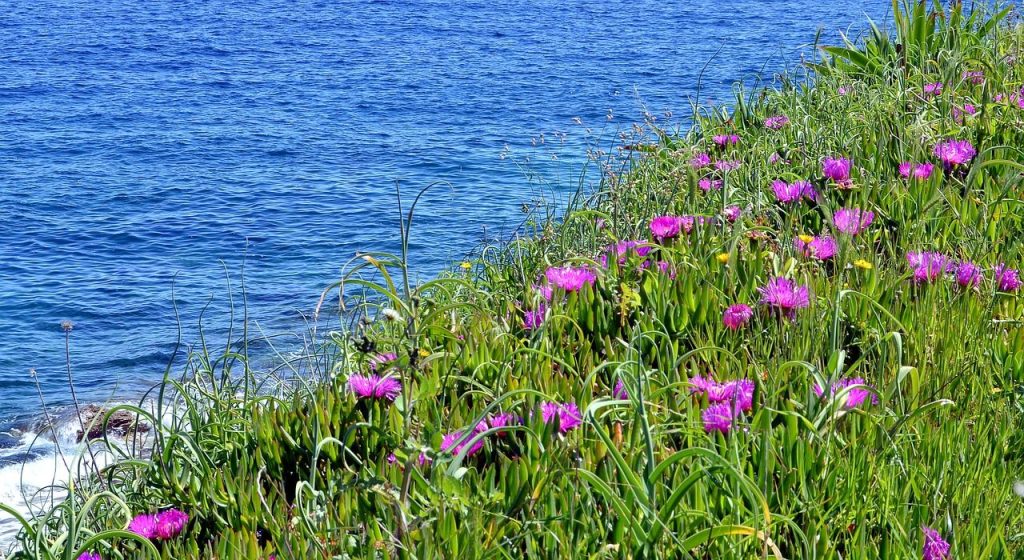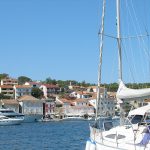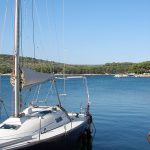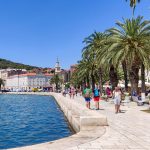The history of the place has plenty to do with its modern-day appeal
The online portal of the international magazine Vogue has published an article on July 10,2017, on Croatia’s North Adriatic island of Lošinj, calling it “idyllic” and “seductive.” It also refers to it as “sleepy,” mostly from the fact arriving to it requires plenty of driving and ferrying from major airports in the area, or charter flights or boats, which kept tourist crowds out.
The history of the place has plenty to do with its modern-day appeal, especially from the early 19th century when it was a wealthy enclave due to the prime period of shipbuilding, when stunning villas were built for royals and the European elite. Not less important is the natural heritage of the island: Lošinj is home to around 200 medicinal plants, like myrtle, laurel, and oregano. In addition, the mild, warm microclimate and unusually clean air made the area particularly attractive to 19th-century travellers looking to recover respiratory issues.
The locals built on this heritage with a new wave of villas turned boutique hotels and their state-of-the-art spas, but still retained its “calming, healing quality.” Vogue lists the many health services of the major hotels: indoor seawater pool, Finnish and Turkish saunas, deep-tissue massage administered with four hands, full-body exfoliation with laurel and oranges, including LCM (Light Colour Movement), which combines quantum medicine, colour therapy, and sound frequency. There are also amenities such as a private beach on Čikat Bay, and taxi flights that accommodate as many as six from almost anywhere in Europe.
Vogue also mentions the food and wine offering both in hotels and the town itself: foie gras on aged sheep-cheese risotto with black truffle, and warm Adriatic octopus with buffalo mozzarella are merely starters. Homemade breads and dry-aged steak pair well with a bottle of the local Plavac Mali wine.
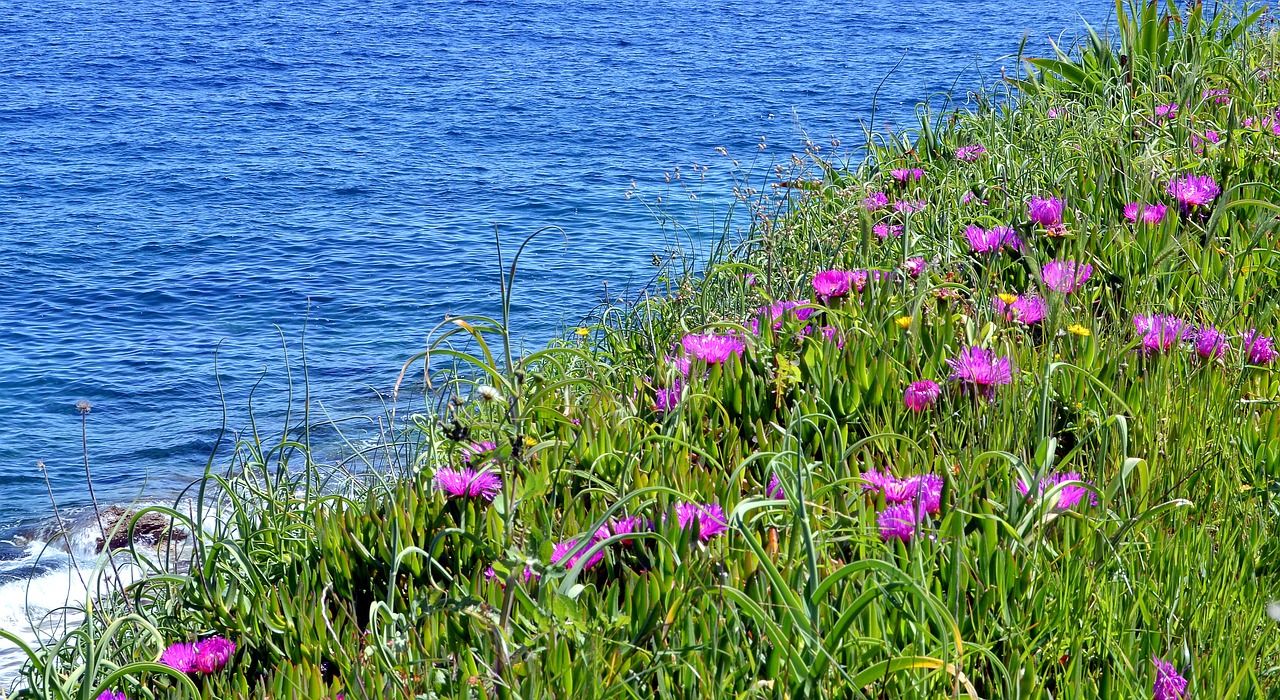
Active visitors can fill their days with long walks or bike rides along the water on Čikat Bay or with a bigger hike in Čikat Forest Park, as Vogue noted, where 80,000 wonderfully fragrant Aleppo pines were planted in the late 19th century. Diving is big in the region and history buffs should make a point of diving at the Historical Underwater Park, where replicas of centuries-old cannons, amphorae, and anchors are on display.
Highlights from the port of Mali Lošinj include brightly coloured former sea captains’ homes, largely dating from the early 19th century. A special mention is made in the article of the statue of Apoxyomenos, dating back to the 2nd or 1st century BC. The bronze statue was found on the sea floor southeast of Lošinj in the 1990s. It took two years to dig out, about six to restore, and is now on display at the Apoxyomenos Museum.

